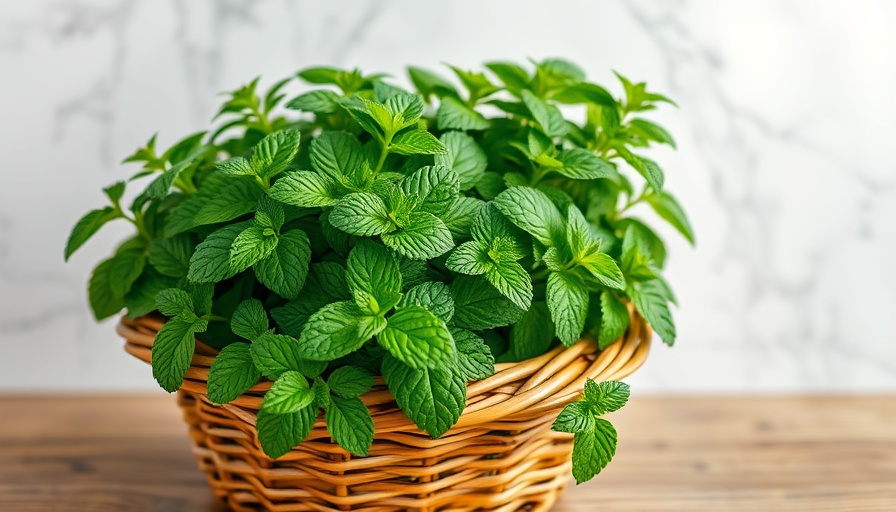
The Joy of Growing Mint: An Accessible Herb for All
Mint is a beloved herb, not just for its refreshing taste but also for the ease of its cultivation. Known for its multitude of culinary uses — whether in a mojito, a refreshing summer lemonade, or as a garnish on your favorite dishes — mint is a wonderful addition to any garden or kitchen. This versatile herb can easily grow in your outdoor space or even indoors on a sunny windowsill.
Diverse Varieties of Mint to Consider
When selecting which mint to grow, consider the variety that best suits your culinary creations. While peppermint and spearmint are popular, you might also explore pineapple mint for a fruity flair, or chocolate mint for desserts. Each has its unique flavor profile and can enhance different dishes in exciting ways.
Easy Steps to Grow Mint from Seed
Mint is remarkably straightforward to cultivate. As a hardy perennial, it thrives in many gardening zones. For those looking to start from scratch, sowing mint seeds indoors 8–10 weeks before the last frost is a smart strategy; they will germinate within 10–16 days. Simply place them in a seedling tray with quality potting soil, keeping them moist but not soggy.
Caring for Your Mint Plant
Mint plants can be a bit overzealous in their growth, potentially invading other parts of your garden. To keep them controlled, it's best to plant them in containers, allowing you to manage their spread. Ensure they receive plenty of sunlight and water, but be careful not to let them drown – mint prefers consistently moist soil.
Harvesting and Utilizing Fresh Mint
Once your mint is established, the bounty is plentiful! Regularly harvesting the leaves not only encourages growth but provides you with fresh mint to enhance your dishes. Consider infusing mint into beverages like sun tea or ginger mint lemonade, or get creative with herb-infused vinegars for salad dressings. Making mint popsicles can be a delightful summer treat, showcasing their refreshing flavor.
Mint’s Multifunctional Benefits
Beyond culinary delights, mint offers numerous health benefits. Rich in antioxidants, it can ease digestive discomfort and soothe headaches. You can easily make herbal teas at home by steeping mint leaves, or add them to honey for a natural remedy. Moreover, mint is not just for consumption; it can also enhance the aesthetics of your garden, adding a fresh scent and a touch of greenery.
Tips for Sustaining Your Mint Garden
Maintaining your mint garden involves regular pruning and dividing plants to promote healthy growth. It’s essential to monitor for pests which can affect plant vitality. Companion planting with vegetables like tomatoes or peppers can help deter pests naturally while maximizing your garden space. This method also leads to a flourishing environment in your backyard, contributing to a diverse ecosystem.
Mint: Connecting People and Cultures
Growing mint is not just about the plant; it’s about creating connections within community spaces. Many cultures have integrated mint into their culinary traditions and remedies, linking people through shared experiences and flavors. By growing mint, you are also embracing this global heritage and bringing a slice of it into your home.
In conclusion, cultivating mint is not only simple but also rewarding on multiple levels. It invites flavorful possibilities into your kitchen while providing health benefits and strengthening your bond with nature. So whether you’re a seasoned gardener or a complete novice, consider adding mint to your growing list of gardening projects.
Ready to dive into the world of mint gardening? Start today by experimenting with this flavorful herb and enhance your homemade creations!
 Add Row
Add Row  Add
Add 




Write A Comment